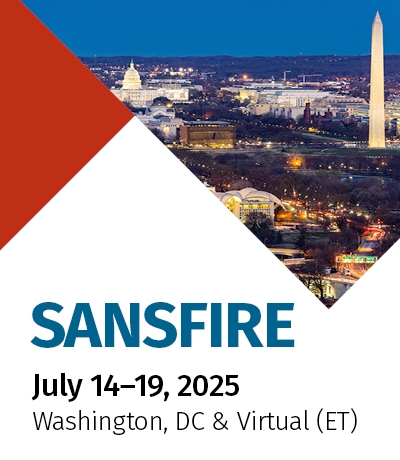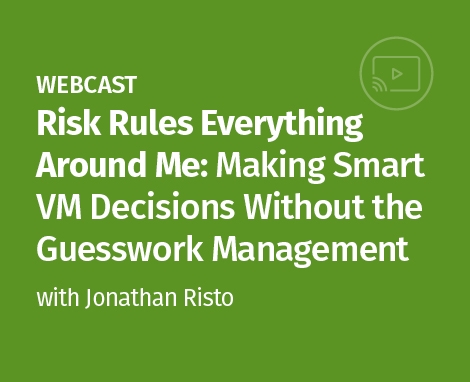Latest Cybersecurity Leadership News & Updates
Featured Cybersecurity Leadership Courses & Certifications
Cybersecurity Leadership Certifications
Enterprise security isn't just the responsibility of an organization's cybersecurity professionals. Keeping the business secure requires input from all levels of leadership. Managers need technical knowledge as well as traditional management skills to be effective leaders for their infosec teams. GIAC's Management certifications confirm the practical skills to build and lead security teams, communicate with both technical teams and business leaders, and develop capabilities that strengthen your organization's security posture.
SANS Cybersecurity Leadership Experts

My-Ngoc Nguyen
Graduate Certificate Program in Cybersecurity Leadership
Prepare to design, deploy, and manage enterprise information security environments - and effectively lead cybersecurity teams.
- Designed for working InfoSec professionals
- 15-credit-hour program combining leadership and technical skills
- Includes 5 industry-recognized GIAC certifications
More Free Cybersecurity Leadership Resources
Reviews
About SANS Cybersecurity Leadership
Cyber security leaders need both technical knowledge and management skills to gain the respect of technical team members, understand what technical staff are actually doing, and appropriately plan and manage security projects and initiatives. This is a big and important job that requires an understanding of a wide array of security topics. The SANS Cybersecurity Leadership Curriculum, through world-class training and GIAC Certifications, develops cyber leaders who have the practical skills to build and lead security teams, communicate with technical and business leaders alike, and develop capabilities that build your organization's success.
GIAC's Leadership certifications confirm the practical skills to build and lead security teams, communicate with both technical teams and business leaders, and develop capabilities that strengthen your organization's security posture.




.png?format=png&auto=webp&width=584)




